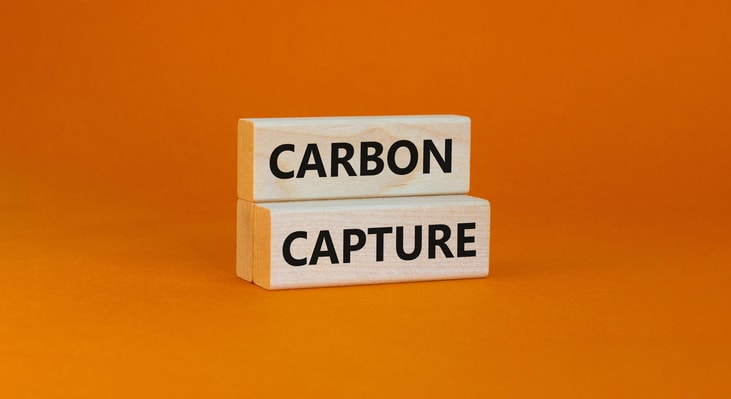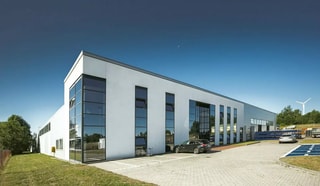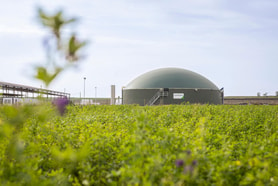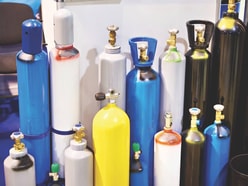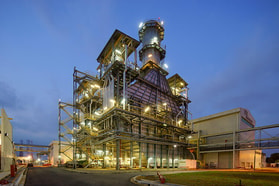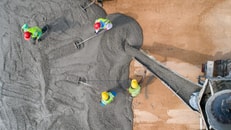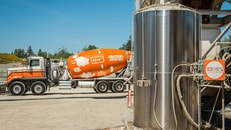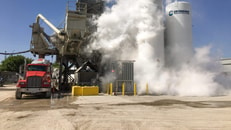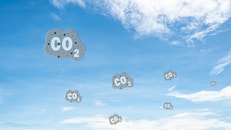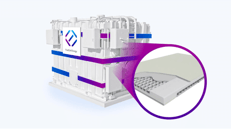MIT develops a concrete “carbon sponge”
Concrete is the second most commonly consumed substance on earth after water. The problem is, concrete generates vast amounts of greenhouse gases, accounting for 4 to 8% of global CO2 emissions.
The main culprit is Portland stone, a grey powder added to the mix. When it is heated to temperatures above 1,400 degrees Celsius (2,552 degrees Fahrenheit), it undergoes a chemical transformation from calcium carbonate and clay to a mixture of clinker (consisting primarily of calcium silicates) and carbon dioxide — which escapes into the air.,
Now researchers at the Massachusetts Institute of Technology (MIT) have developed a new recipe for a type of concrete that acts as a “carbon sponge.”
One of the key new ingredients is very simple, and inexpensive: sodium bicarbonate. Commonly known as baking soda, you might have a box of this in your refrigerator where it primarily functions to absorb odours. During their experiments, the MIT researchers found that adding sodium bicarbonate will cause up to 15% of the CO2 to be mineralised during this early stage.
... to continue reading you must be subscribed

